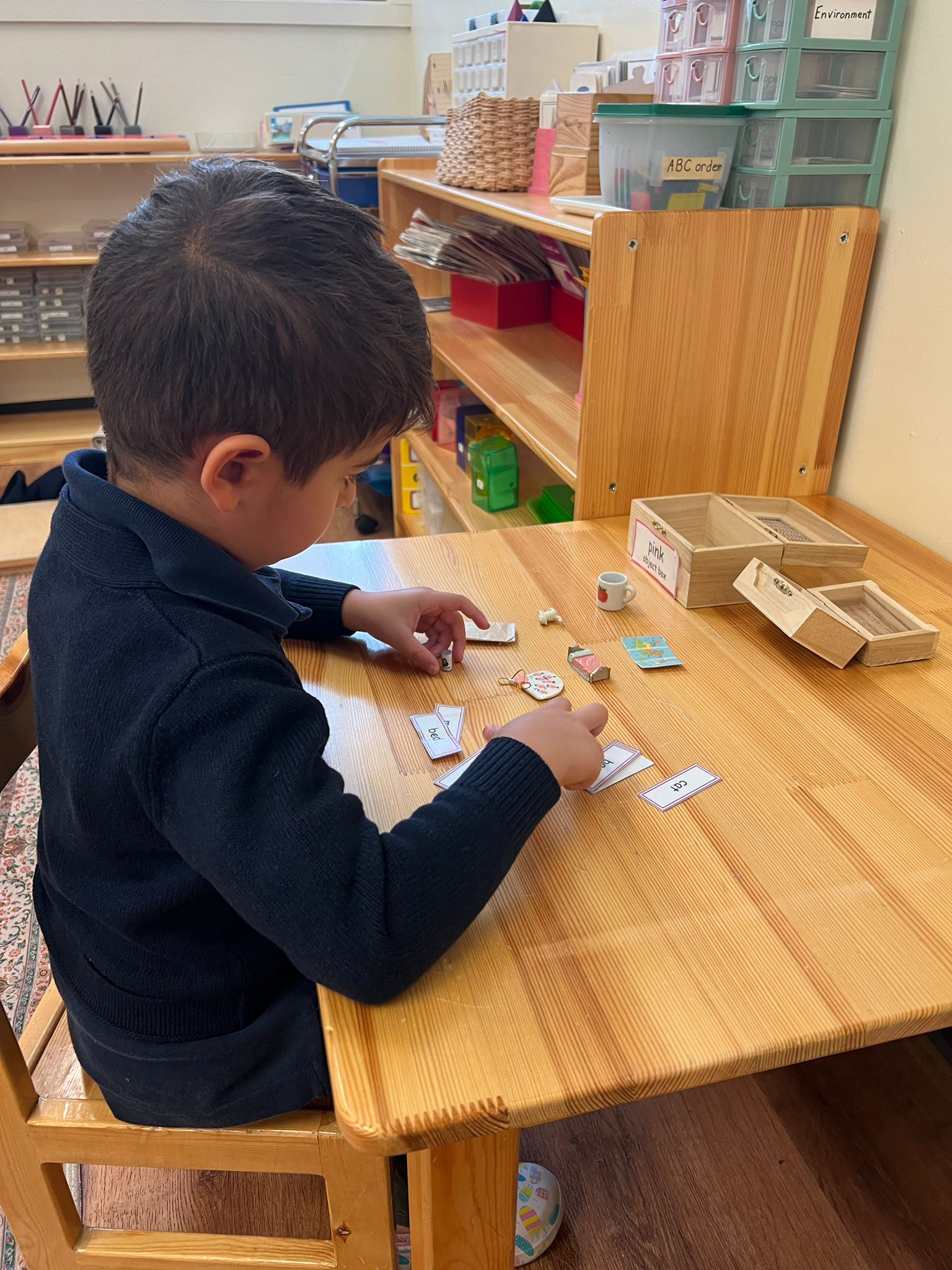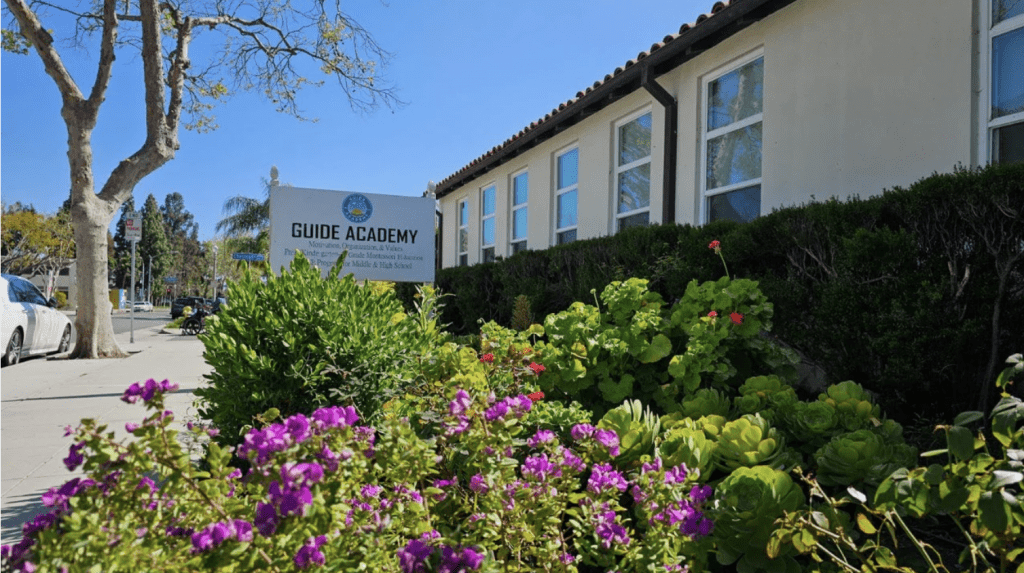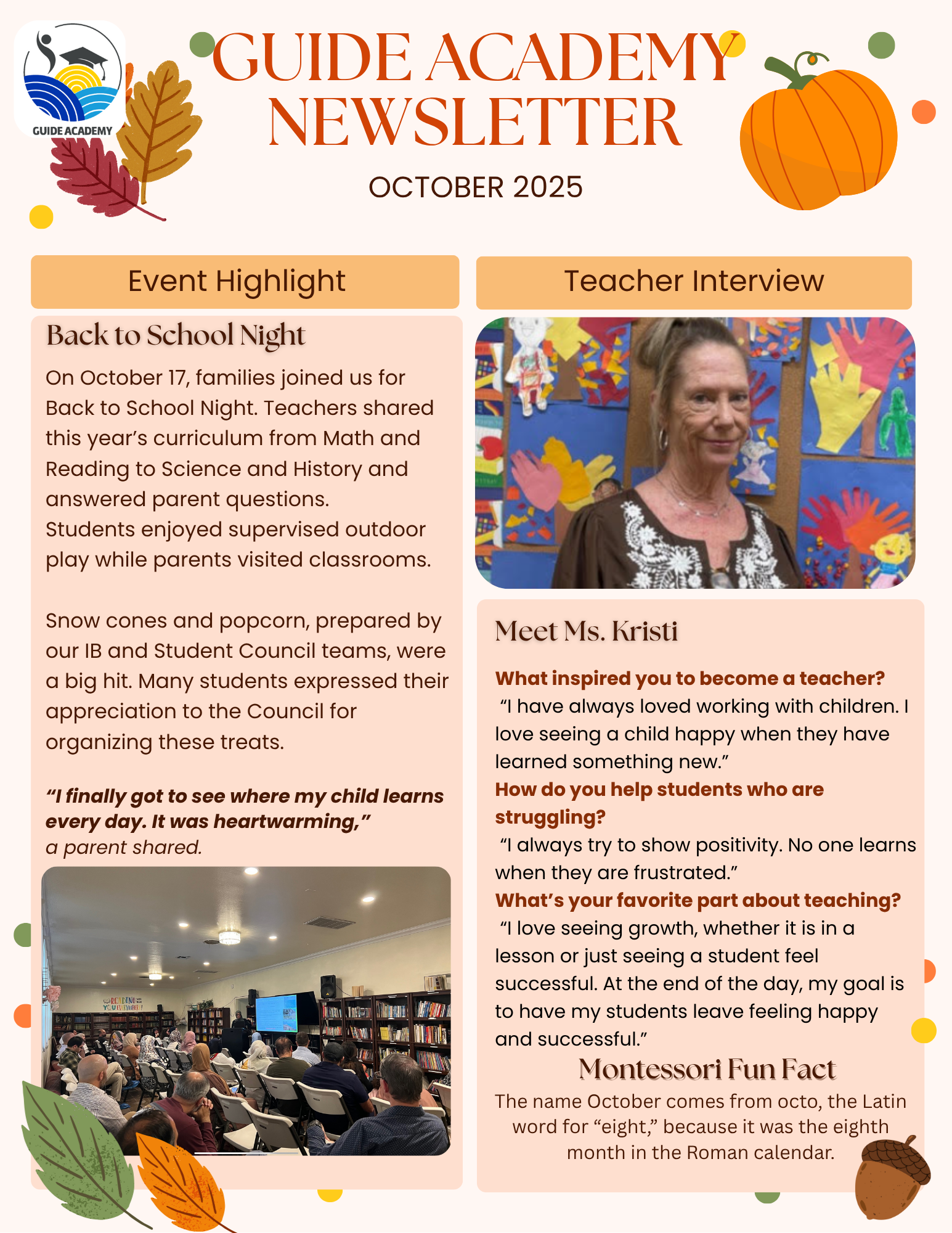Learn How
IB Middle Years Program Personal Project











Understanding the IB Middle Years Programme (MYP) Personal Project
As part of the International Baccalaureate (IB) continuum, the Middle Years Programme (MYP) is a global curriculum designed for students aged 11 to 16. It provides a strong foundation before progressing into the IB Diploma Programme and emphasizes student-centered learning across eight subject groups.
One of the highlights of the MYP is the Personal Project — a capstone experience that allows students to pursue their own interests, showcase their learning, and develop critical life skills.
What Is the IB MYP Personal Project?
The Personal Project is an independent, year-long project where students explore an academic or non-academic topic of their choice. Through this process, they:
- Decide what they want to learn and identify what they already know
- Write a project proposal and plan their research
- Keep a journal of their progress
- Communicate with a faculty advisor
- Create a final product or outcome and reflect on the learning experience
Examples of projects include producing a short film, organizing a charity drive, designing an app, or learning a new skill such as playing an instrument.
The Aims of the Personal Project
The MYP Personal Project helps students develop the IB Learner Profile attributes and practice the Approaches to Learning (ATL) skills. The main aims are to:
- Engage in a long-term, self-directed inquiry
- Develop creativity and in-depth understanding
- Demonstrate persistence and project management skills
- Communicate effectively with different audiences
- Take responsible action and make ethical choices
- Set personal goals and evaluate outcomes
- Value the learning process and take pride in achievement
Components of the Personal Project
Students are assessed on both their process and product:
- The process – planning, research, and documentation
- The product or outcome – the final creation or result of the project
- The learning – skills and knowledge gained along the way
- The report/presentation – a structured reflection on what they learned
Students maintain a process journal to record research notes, challenges, and insights. This not only supports academic honesty but also serves as evidence of growth.
Assessment Criteria
Personal Projects are evaluated using three IB assessment criteria:
- Criterion A: Planning – setting goals, success criteria, and a realistic plan
- Criterion B: Applying Skills – demonstrating how ATL skills supported the project
- Criterion C: Reflecting – evaluating the outcome and explaining its impact on themselves and their learning
Each criterion is scored on a scale of 1 to 8, ensuring a fair, international standard.
External Moderation
To maintain consistency worldwide, Personal Project marks are moderated externally by the IB. Students also work with personal project supervisors who guide them throughout the process.
Why It Matters at Guide Academy
At Guide Academy, the Personal Project aligns with our mission to create lifelong learners who think critically, act ethically, and lead with confidence. By completing their projects, students not only fulfill IB requirements but also strengthen real-world skills such as research, time management, and community engagement.
Discover what makes Guide Academy unique
Schedule a Tour
Our Montessori and IB programs are rooted in academic excellence and spiritual development, creating a learning environment where students thrive. Come tour our campus, meet our passionate educators, and experience a school community dedicated to nurturing future leaders.




